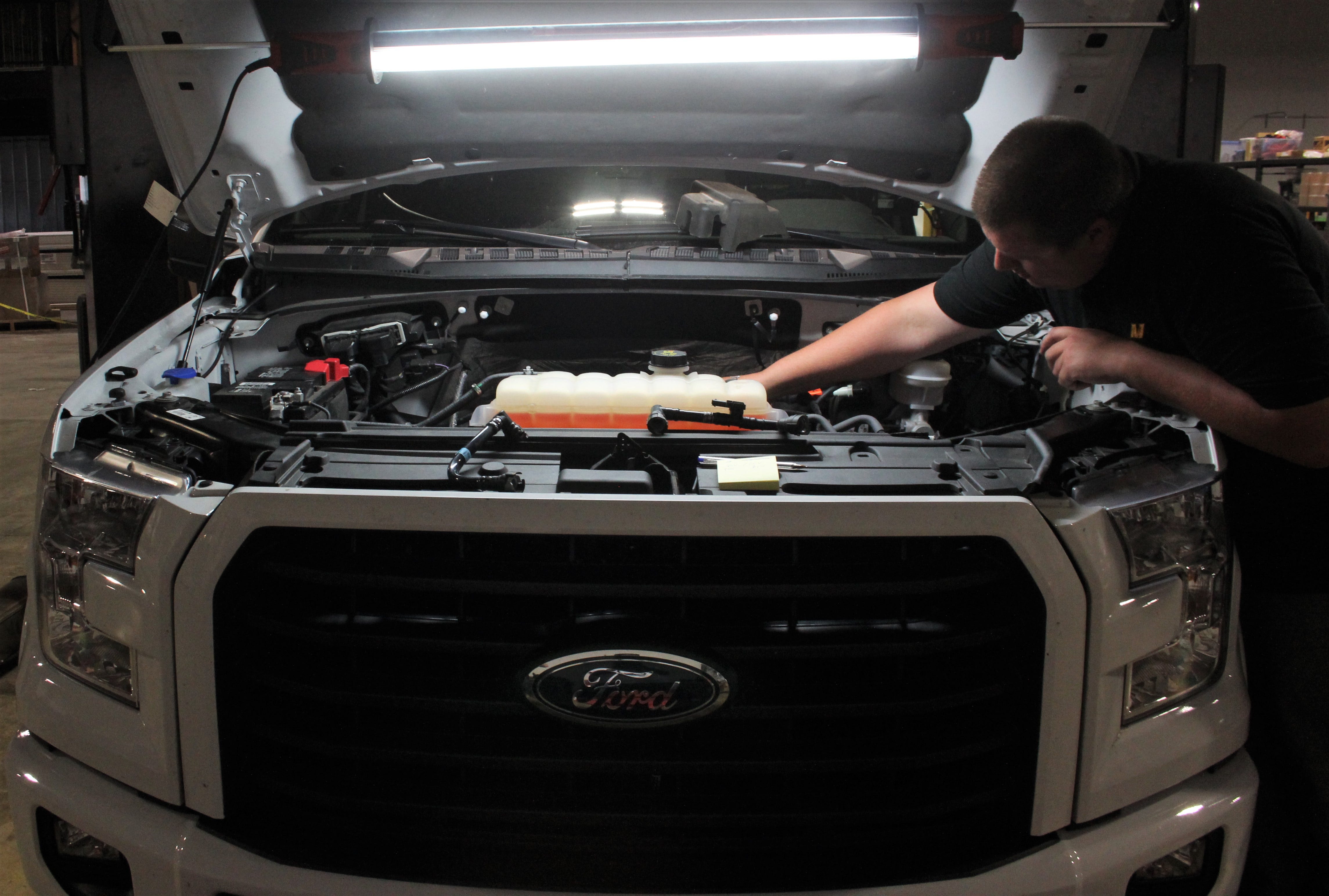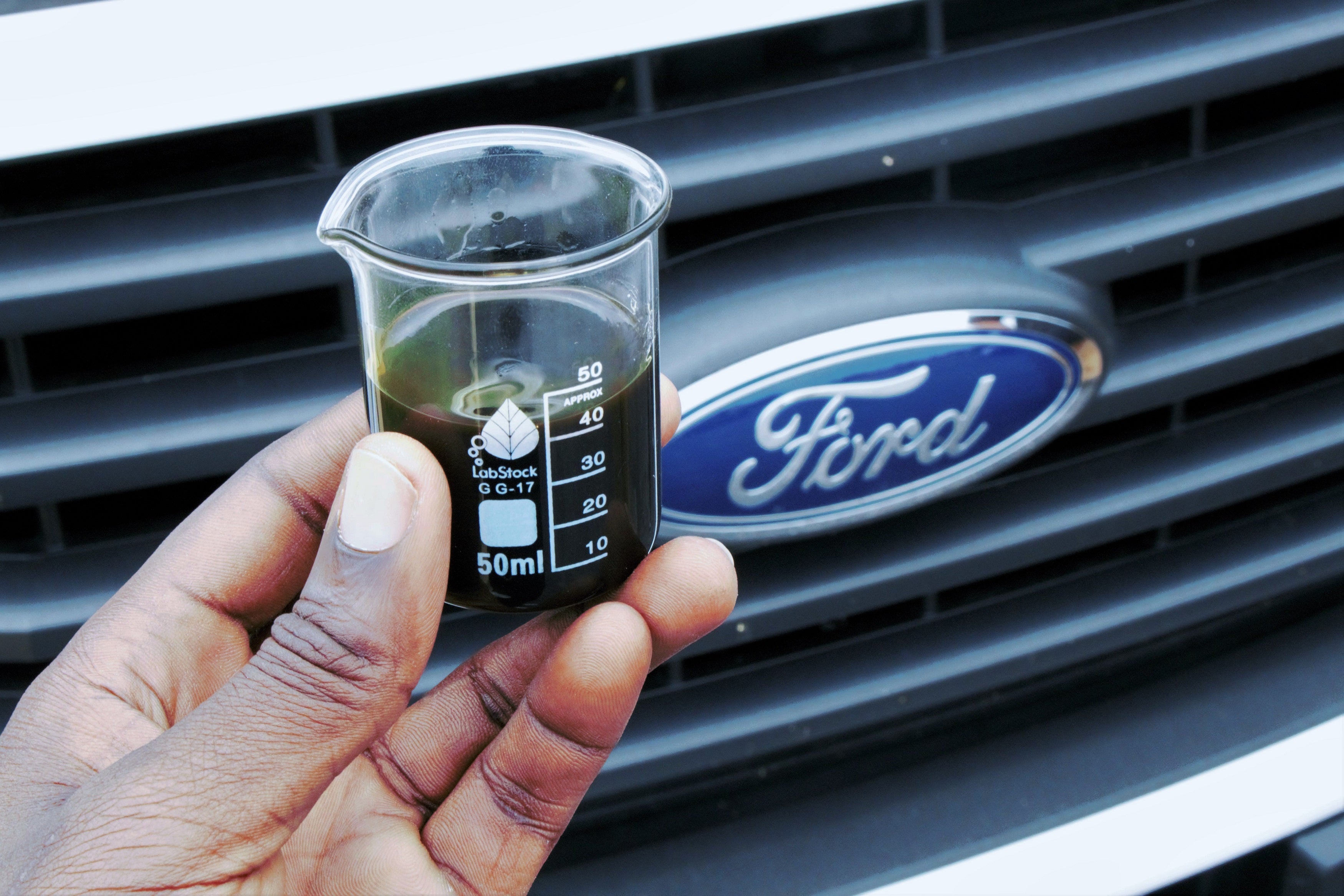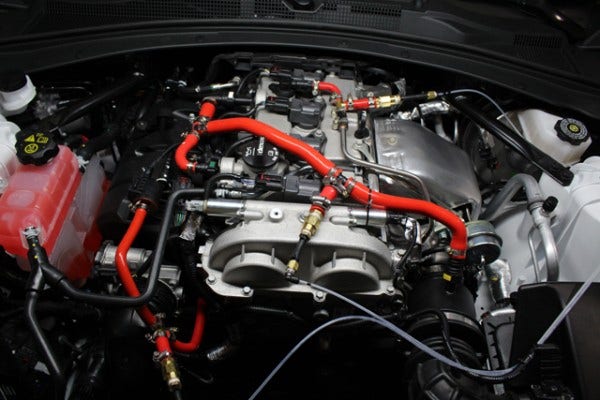We have begun developing a catch can system for the 2015+ Ford F150 EcoBoost! This project, although small (in components), could have a significant impact on the F150 EcoBoost market. Why? There are not many direct-fit options, and there are a lot of these trucks out there. Oil blow-by can be pretty serious, especially on turbo applications, and this truck is twin turbocharged! Nonetheless, many gearheads tend to question the merits of using a catch can. So before we go any further, let's briefly explain what a catch can actually does and why it's so beneficial!
Port vs. Direct Injection
With port-injected engines, the fuel injectors are inside the intake manifold and produce the fuel stream that mixes with the air. This mixture is shot into the combustion chamber,







